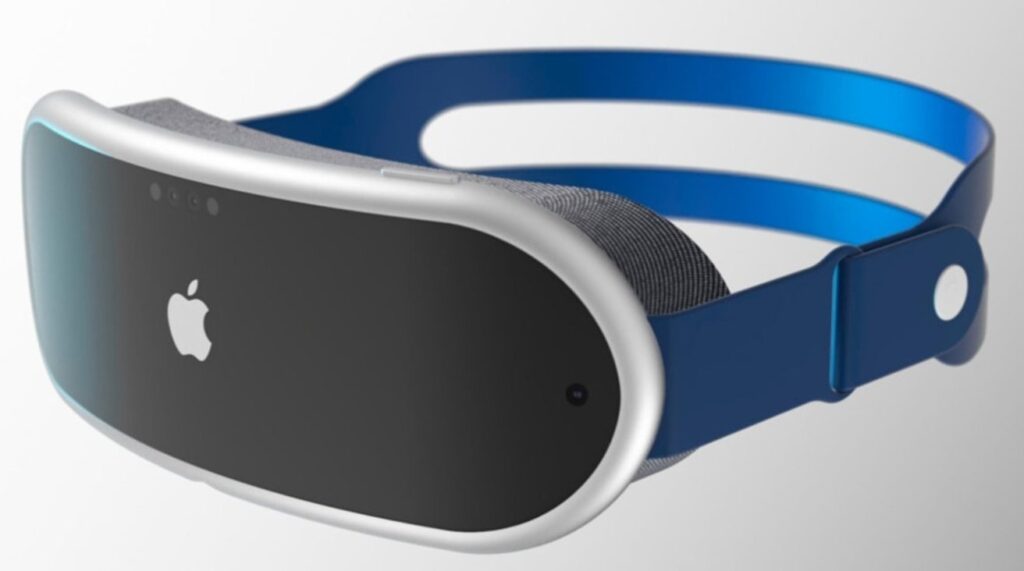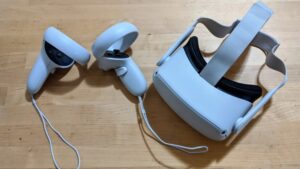The first Apple AR headset could be a much bigger deal than we expected
3 min read
The first Apple AR headset could be a much bigger deal than we expected
AUGMENTED APPLE reality headsets can pack a surprise, according to the latest analyst predictions, with more gradual suggestions into smart glasses formed with the idea of the first more ambitious product. The length of the topic of rumors – one of Apple who seems happy to regularly Stoke – AR that can be obtained can be said to be the announcement of the biggest product for Cupertino companies since the original iPhone.
As with the iPhone, Apple will not be the first to the smart glasses category. However, it is far more important than being number one on the calendar is at the top of a pile of uses, functionality, and practicality. The scarcity of a competitive Android tablet in advance iPad is a good example of the strategy in the game.
For Apple’s smart glasses, then, expectations – among many leaks and rumors – is that the company will play a relatively conservative game with its launch. The first generation AR can be used, for example, is said to be a relatively basic headset. Luminated on debut in 2022, it will resemble a virtual reality headset such as Oculus or HTC vive search, and use the camera and other exterior sensors to show video pass-through outside the world.
Come on 2025, meanwhile, the suggestion is a transparent display that can be used. At that time, the glasses would be slimmer and more flexible; They will no longer need a pass-through camera, for example, because clear lenses will take care of it. It’s too late this has become a question about power, and whether Apple will rely on independent processing inside the device that can be worn or tethered like an iPhone.
According to new analysts notes by Ming-Chi Kuo, the MacRumors report, the current advice is not one but the two chipsets in Apple’s first generation AR can be used. Instead of two identical chips, Apple will combine one that is similar to Apple Silicon in the latest MacBook Air and Mac Mini; The second will be less effective, but it is more efficient in a series of targeted tasks.
“We predict that the AR Apple headset to be launched on 4Q22 will be equipped with two processors,” Kuo wrote. “Higher processors will have the same computing power as M1 for Mac, while the lower end processor will be responsible for computing related sensors. The design of the power management unit (PMU) of a high-end processor is similar to M1 because it has the same level of computing power with M1. “
The result, analyst predicts, is a Mandiri headset that does not need to be tethered – wired or wireless – to the nearest iPhone or MAC. Apple’s purpose, predicted, is to shift cellular computing from the iPhone to which can be used in ten years.
The right specifications for the wider apple chipset or headset have not been detailed. However, Kuo predicts that Apple will use a pair of micro OLED panels from Sony for its first model, each capable of running at 4K resolution. This is an idus needed not to just drive the screens, but combine external sensor data – such as up to eight optical sensors – for a smooth video pass-through video experience demanding the M1 scale chip.
Like other chip designs, we have seen Apple combining various types of CPU core on the same SOC before. The A15 Bionic iPhone 13 was launched earlier this year, for example, mixing two high-performance cores known as landslides with four energy-saving cores known as Blizzard. The result is the ability to selectively activate a stronger CPU when processing demand, and then increasing the iPhone power requirements for more tasks, thus maximizing the battery life as a whole.








